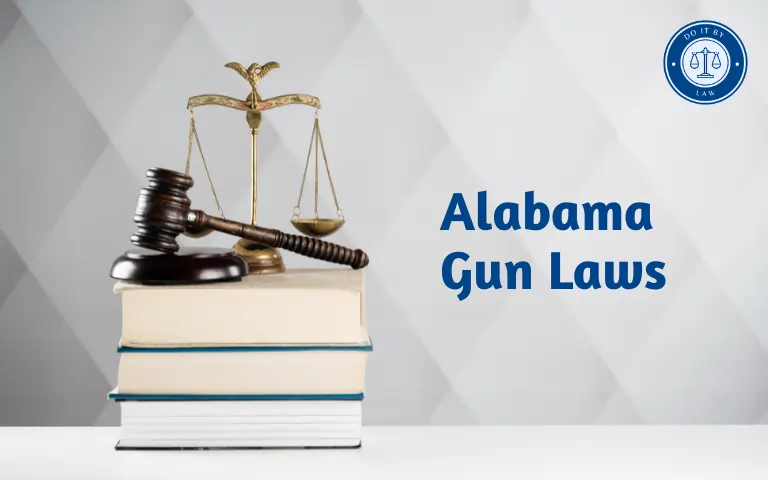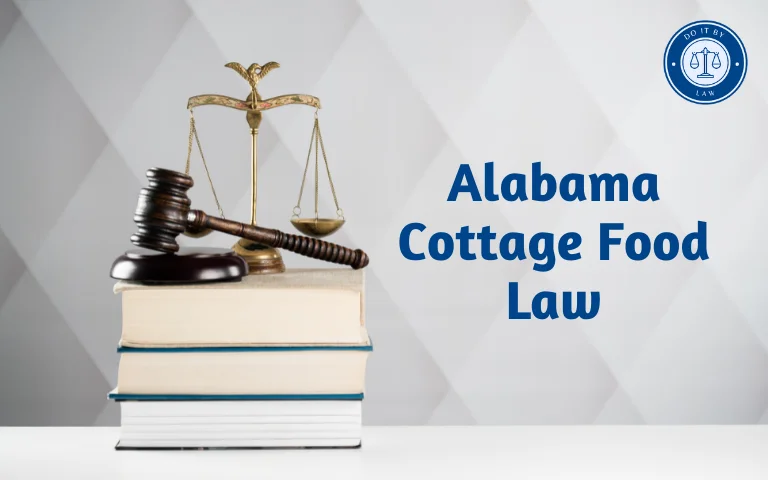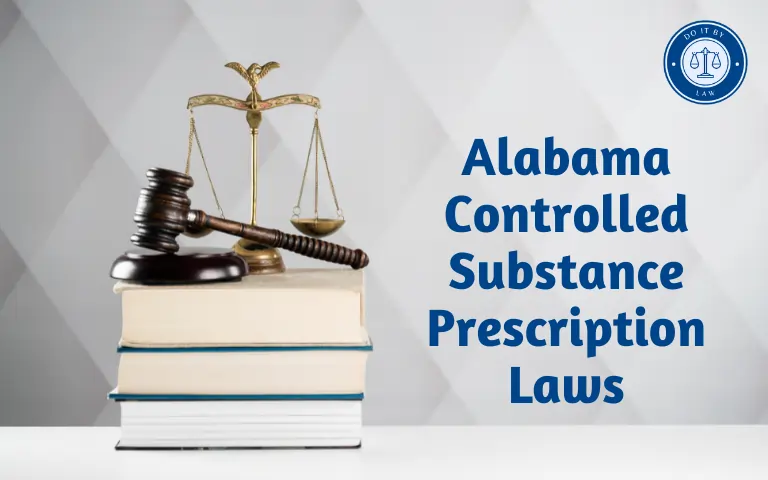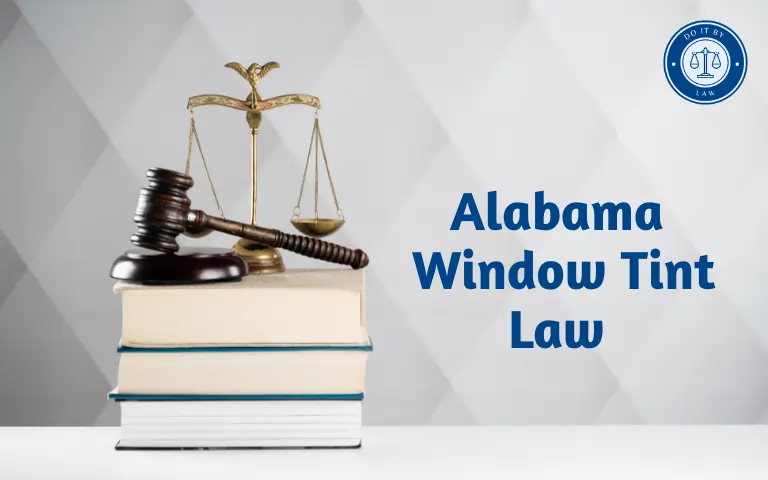Jim Crow Law in Alabama: What You Need to Know
Jim Crow law in Alabama enacted racial segregation and disenfranchised African Americans from the late 19th through mid 20th centuries. Understanding this dark period of discriminatory legislation provides context to modern civil rights struggles. This guide covers the origins, provisions, impacts, and eventual overturning of Jim Crow law in Alabama.
When Were Jim Crow Law First Enacted in Alabama?
Racial segregation laws increased in Alabama following the end of the Reconstruction era in the late 1870s, though the term “Jim Crow” was not used until later. Key dates include:
- 1875-1876 – Alabama enacts laws segregating transportation and schools.
- 1877-1890s – Additional statutes impose poll taxes, residential segregation, and other discriminatory policies.
- 1901 – Alabama’s new constitution essentially disenfranchises blacks and the poor via voting restrictions.
- Early 1900s – The terms “Jim Crow laws” and “Jim Crow South” emerge to describe Alabama’s and the region’s strict segregationist codes.
While racial biases existed earlier, the decades surrounding the turn of the 20th century saw systemic codification of segregation in Alabama law.
Who Did Jim Crow Law in Alabama Apply To?
Jim Crow statutes applied to all Alabama residents based on denying rights and opportunities to African Americans while privileging white citizens. Key aspects included:
- Segregating public facilities like schools, transportation, restaurants, restrooms, and water fountains.
- Restricting housing, employment, business, and land ownership for blacks.
- Imposing “separate but equal” mandates that always favored whites.
- Disenfranchising black voters through literacy tests and poll taxes.
- Prohibiting interracial relations and marriages.
The laws granted special status to poor, uneducated whites over more qualified and accomplished blacks.
Key Provisions of Alabama Jim Crow Laws
Some of the most notorious Jim Crow laws and policies imposed in Alabama included:
Voting and Political Restrictions
- Literacy tests, understanding tests, poll taxes, and moral character tests were enacted to deny black voter registration.
- White primaries excluded blacks from Democratic Party membership.
- Grandfather clauses exempting white illiterate voters from restrictions.
“Separate But Equal” Public Segregation
- Mandatory segregated schools, buses, trains, restaurants, bathrooms, water fountains, etc.
- Blacks were excluded from juries and representing white clients.
- Public gathering restrictions and anti-enticement laws limiting blacks from parks, recreational facilities, etc.
Housing and Employment Discrimination
- Zoning restrictions concentrated blacks in certain areas.
- Laws against blacks living in white neighborhoods.
- Bans on blacks and whites living under the same roof.
- Discriminatory hiring, wage, and employment practices.
Interracial Relationships
- Ban on interracial marriage.
- Prohibitions on cohabitation, adultery, fornication, etc. between races.
- Criminalization of interracial dating, flirting, affection, dancing, etc.
Other Restrictions
- Vagrancy laws targeting unemployed blacks.
- “Black codes” limiting property ownership and business rights.
- Severe or biased punishments for blacks violating laws.
These are just a few examples of Alabama extensive Jim Crow statutes designed to exclude blacks from civic life.
Penalties for Violating Jim Crow Law
Penalties imposed against African Americans for disobeying Jim Crow laws included:
- Excessive jail time for minor infractions like loitering or spitting.
- Fines blacks could not afford to pay for offenses like riding whites-only transit or using white facilities.
- Mobs or police carried out public beatings and lynching.
- Loss of employment or housing for disobedience.
- Prosecution for adultery or other relationships between races.
- Arrest for “impudence” or not showing “proper respect”.
- Voter suppression if thought to be supporting civil rights.
- Murder charges and execution for patently unfair criminal accusations.
Whites faced little consequence for violence against blacks under Jim Crow’s unequal justice system.
How Jim Crow Disenfranchised Black Voters
Methods used across the South including Alabama to prevent blacks from voting included:
- Literacy and comprehension tests are only required from black applicants.
- Grandfather clauses exempting whites from voter tests.
- Property, education, and character requirements for blacks to register.
- Poll taxes pricing out impoverished blacks.
- White primaries for Democratic candidates who dominated Southern politics.
- Intimidation and threats keeping blacks from polls.
- Arbitrary failings of blacks for any minor issue disqualifying registration.
- Destroying, ignoring, or disqualifying black voter applications.
- Purging blacks from voter rolls via fake records.
- Systemic obstruction that made registering a practical impossibility.
These myriad schemes meant turnout for eligible black male voters dropped below 5% at points in Alabama by the early 1900s compared to estimates of 60-85% before these laws. The injustice was immeasurable.
Challenges and Changes to Jim Crow Laws
Opposition to Alabama Jim Crow regime mounted from the late 1800s, but change was painfully slow against state leaders’ fierce resistance:
- Lawsuits challenged disfranchisement, inequality in “separate but equal” services, and denial of constitutional rights.
- The Niagara Movement and NAACP fought discriminatory statutes.
- Peaceful protests and civil disobedience increased the demand for change.
- Federal civil rights legislation like the Civil Rights Acts of 1964 and the Voting Rights Act of 1965 provided enforcement tools against state segregationist laws.
- Most Jim Crow statutes remained formally on Alabama’s books until being struck down or repealed between 1964 -1972 following major federal intervention.
Though enforcement waned after the 1960s, overturning these hateful laws on paper took decades longer – the final Jim Crow laws lingered until into the 2000s in Alabama.
Impacts and Legacy of Jim Crow in Alabama
Jim Crow laws had some of the most devastating impacts across Alabama due to the state’s central role in their spread. Effects included:
- Millions of African Americans were deprived of constitutional rights like voting, speech, education, due process, and equal treatment before the law.
- Reinforcement of racist hierarchies, discrimination, and dangerous stereotypes.
- Widening economic and educational gaps holding back generations of black Alabamians.
- Normalization of state violence and mob justice against minorities.
- Police abuses are committed with impunity under biased criminal codes.
- Perpetuation of segregated housing patterns and advantages for whites.
- Lasting trauma and distrust between races, the state, and the criminal justice system.
The legacy persists through ongoing discrimination, disparities, and renewed voting access struggles impacting Alabama today.
Conclusion
Alabama state Jim Crow law denying basic rights and dignity to African Americans constitutes one of the most disgraceful eras in American legal history. While the legislation has been struck down, its influence still impacts Alabama politics, race relations, inequality, and opportunity.
The struggle for justice and an inclusive civic society without barriers continues against latent biases. Alabama’s leading role in codifying 20th-century racism stands as a lesson in the power of unjust versus equitable laws. Only through vigilance can the mistakes of the past remain repealed rather than repeated.
Frequently Asked Questions
References







